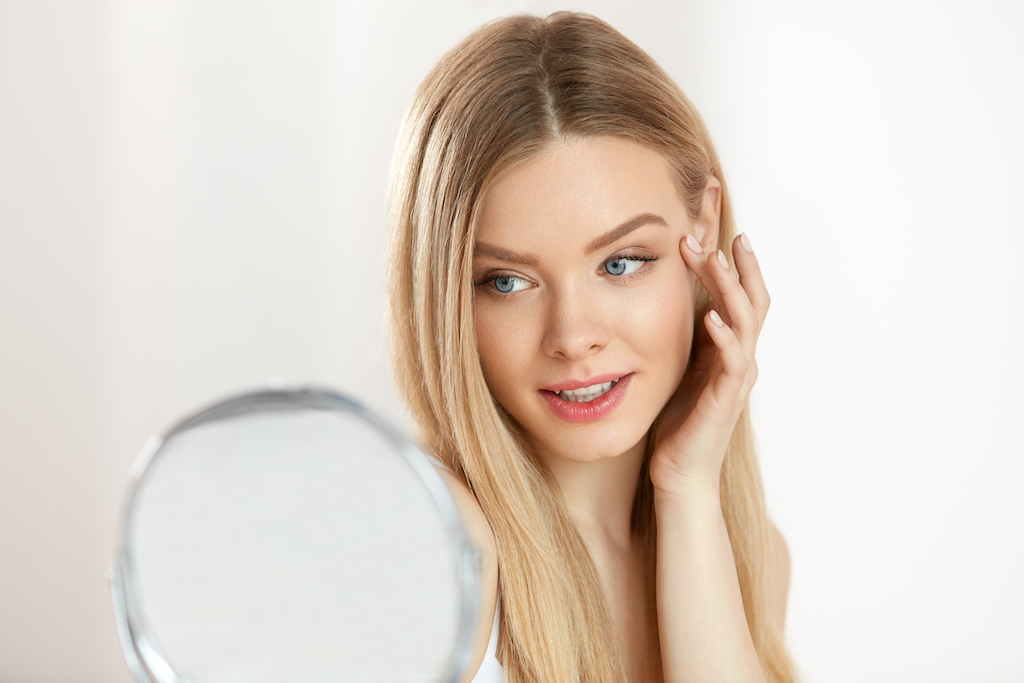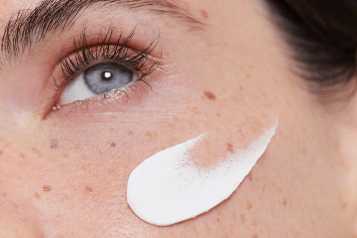 Photo Credit: Shutterstock
Photo Credit: Shutterstock
Looking to rejuvenate your skin and say goodbye to wrinkles and sun damage? Look no further than Opus Plasma – a cutting-edge treatment that uses plasma technology to revitalize your skin. By creating micro-injuries in your skin with a focused plasma beam, Opus Plasma triggers your body’s natural healing response, resulting in skin that’s smoother, firmer, and more youthful-looking.
Compared to CO2 resurfacing, Opus Plasma offers minimal downtime and faster healing. It can even treat a range of skin concerns, such as acne scars and uneven skin tone and texture. With the ability to ablate and coagulate, Opus Plasma can tighten and treat the surface simultaneously, all with minimal downtime. Opus Plasma is also a highly customizable treatment. You can choose the intensity of the treatment, which will affect the downtime ranging from 1-2 days to 5-7 days.
But why settle for one treatment when you can have it all? By combining Opus Plasma with other treatments, you can really up your skin game and maximize your results. We spoke with Haute Beauty expert Dr. Ellen Burov to get her insights on combining Opus Plasma with other treatments for maximum impact.
Haute Beauty: Can combining Opus Plasma resurfacing with other treatments enhance the overall results and improve the longevity of the treatment?
Dr. Ellen Burov: Absolutely! I often combine Opus Plasma resurfacing with RF micro-needling to produce even better results and tackle changes in skin texture. While RF can’t address pigmentation changes, Opus can help even out skin tone for a more balanced complexion. In addition, I also use other devices and injectables to customize treatment to the patient’s unique needs. For example, when treating acne scars, I find that combining Opus with RF produces excellent results.
Opus is an excellent option for patients with sensitive skin or those who experience prolonged healing with other devices. However, it can also be used by itself, especially for delicate areas such as around the eyes. And for patients who want to supercharge their results, I highly recommend combining Opus with PRP (platelet-rich plasma) for even better results and reduced downtime. So, whether you want to target wrinkles, acne scars, or uneven skin texture, combining Opus Plasma with other treatments is an excellent way to achieve the best possible results.
HB: Is there a certain order or timing for combining Opus Plasma resurfacing with other treatments?
EB: Yes, it depends on the patient’s unique needs and desired outcome. When treating the face, I often start with a deeper treatment like Ultherapy and then follow up with Opus Plasma several weeks later. For addressing peri-oral lines, I start with the newer Revance filler, Redensity, and then add Opus Plasma after the filler integrates into the tissue. This approach helps to treat lines that can’t be filled. For body skin laxity treatments, I usually start with RF and then add Opus Plasma. And when treating the back of hands, I typically combine Opus with IPL to target sun spots.
View this post on Instagram
HB: How long should I wait between combining Opus Plasma resurfacing with other treatments to ensure optimal results?
EB: It’s important to give your skin enough time to fully heal after an Opus Plasma treatment before considering any additional procedures or injectables. I would recommend waiting at least 2-3 weeks before scheduling your next appointment. This will ensure that your skin has had enough time to recover and that you get the best possible results from your subsequent treatments. Rushing into additional procedures too soon could potentially compromise your skin’s healing process and may result in unwanted side effects.
HB: Can combining Opus Plasma resurfacing with other treatments be customized to address specific skin concerns or areas of the face and body?
EB: Opus Plasma resurfacing can be highly customized to address specific skin concerns or areas of the face and body. Depending on a patient’s priorities, Opus can be used for skin tightening, fine lines, or a combination of both. Additionally, Opus can be combined with almost any other cosmetic procedure to deliver the best possible results. For example, it works great for stretch marks alone or in combination with RF.
HB: Are there any precautions I need to take before, during, or after combining Opus Plasma resurfacing with other treatments?
EB: With darker skin types there is a concern about hyper-pigmentation, like with any other skin resurfacing modalities. We recommend avoiding sun exposure before and after the procedure.
View this post on Instagram
HB: Are there any particular products or skincare routines I should follow before and after combining Opus Plasma resurfacing with other treatments?
EB: We recommend post-procedure skincare containing growth factors such as Neocutis Bio-cream to speed up the healing process. And of course sun avoidance and good sun protection. I like ELTA sunblocks because we can tailor their sunblocks to any skin type including acne-prone skin and because they don’t contain any harmful chemicals. I also like their foaming cleanser as it’s very gentle and doesn’t disrupt the skin barrier which is especially important after resurfacing procedures.
HB: How do I maintain the results of combining Opus Plasma resurfacing with other treatments over time?
EB: Like with anything else, nothing lasts forever. You will need maintenance sessions at least once or twice a year and a good skincare routine which should be discussed with your dermatologist, which includes good sun protection.
For more information, visit Dr. Brian A. Levine's social media:

























